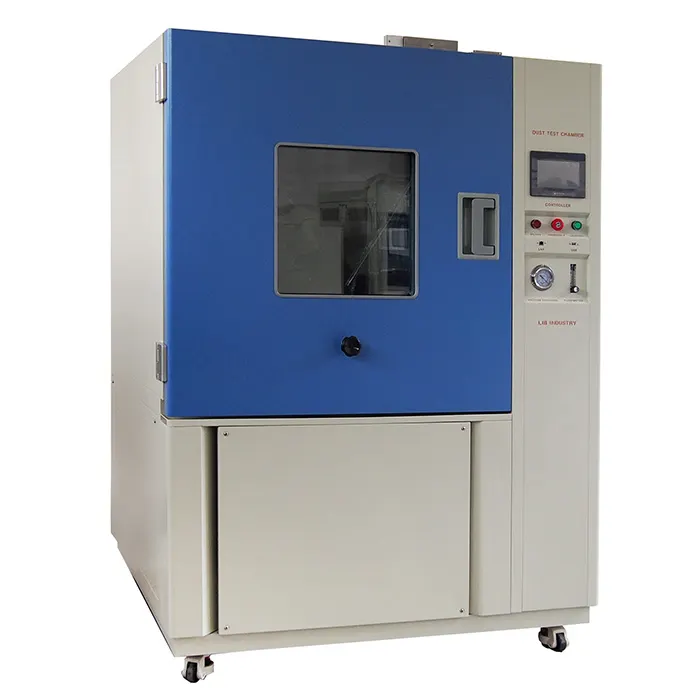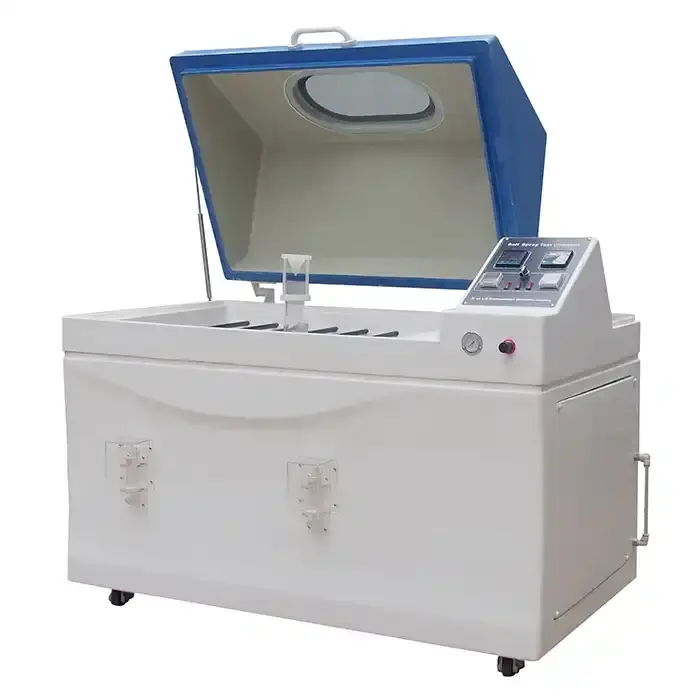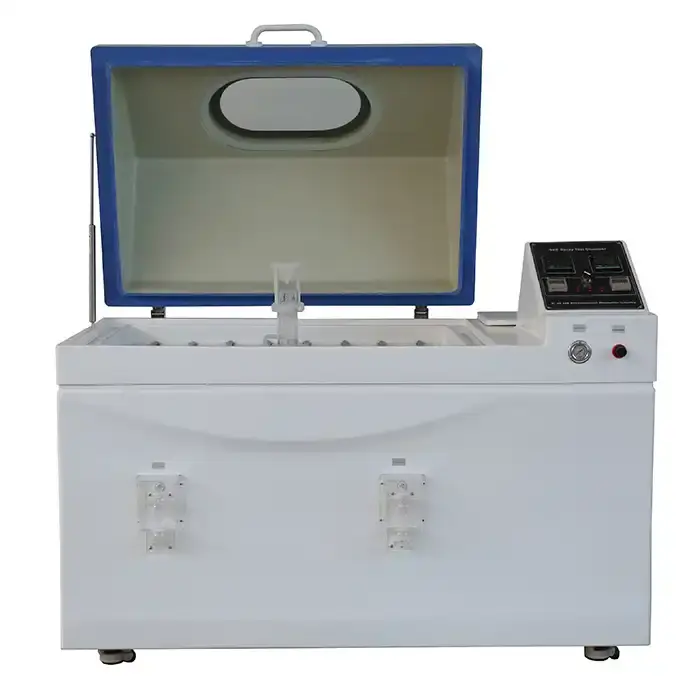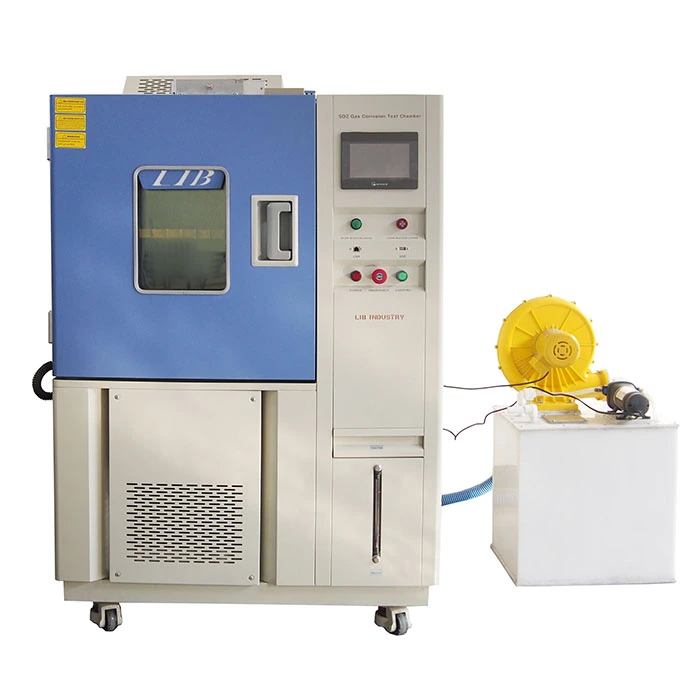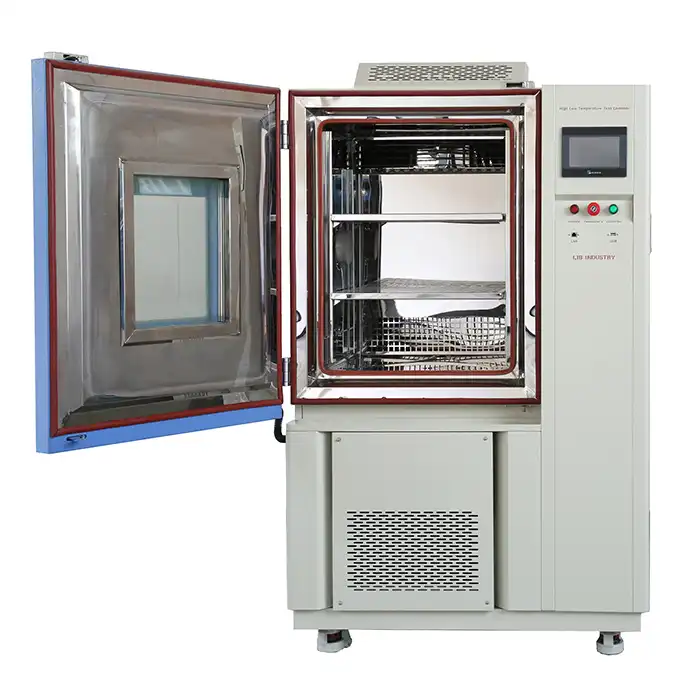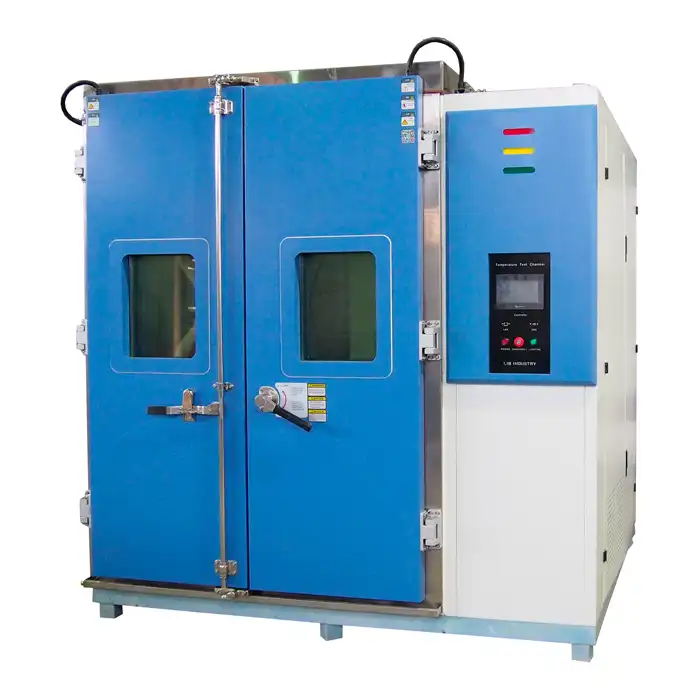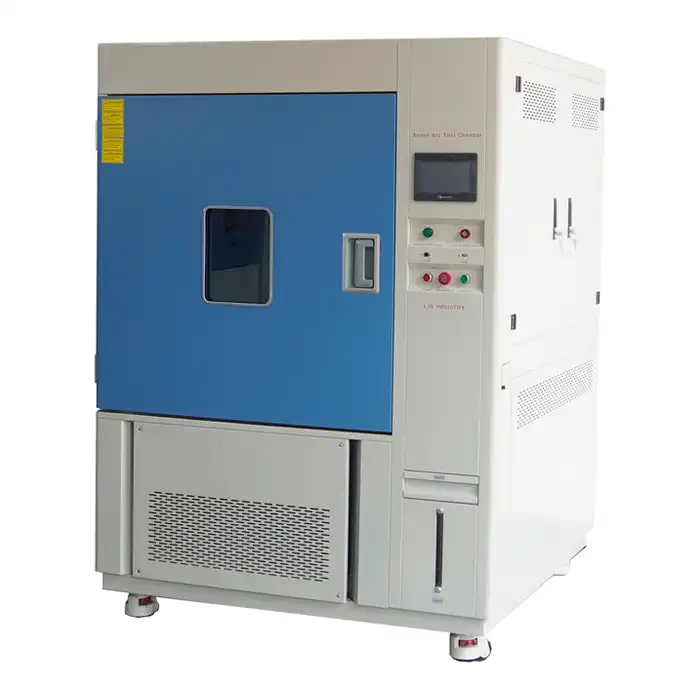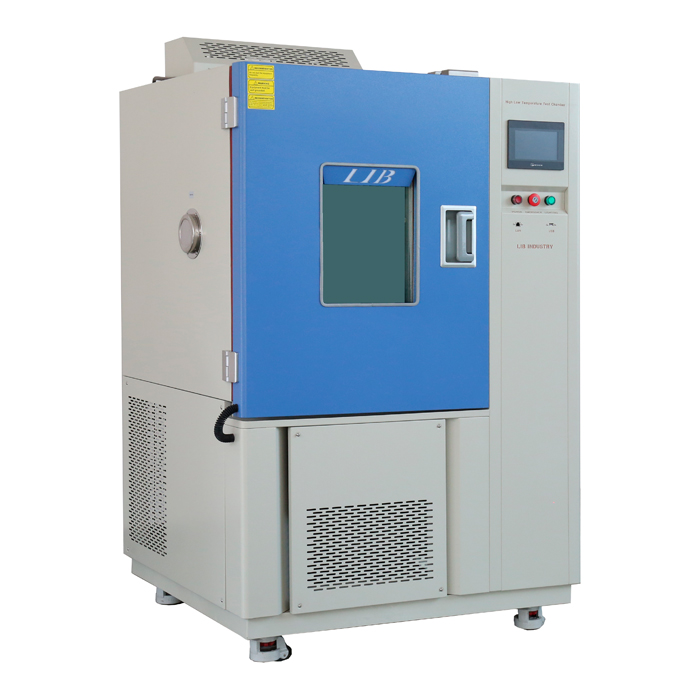What is the purpose of the climatic chamber?
Climatic chambers are essential tools used across various industries for environmental testing. They simulate different climatic conditions to evaluate how products perform under stress, ensuring reliability and durability before reaching the market. In this blog post, we explore the purpose and functionality of climatic chambers, addressing common questions to provide a comprehensive overview.
What Is a Climatic Chamber and How Is It Different from Other Testing Chambers?
A climatic chamber, also known as an environmental chamber, is a controlled environment used for testing the effects of various climatic conditions on products. Here's how climatic chambers stand out and their specific uses:
Design and Function: Climatic chambers are designed to simulate a wide range of environmental conditions, including temperature, humidity, altitude, and vibration. They consist of advanced control systems that precisely regulate these variables to create specific testing environments.
Types of Climatic Chambers: These chambers come in various forms, such as temperature-humidity chambers, thermal shock chambers, and altitude chambers, each designed for particular testing requirements.
Applications: Climatic chambers are used in industries like electronics, automotive, aerospace, and pharmaceuticals to ensure that products can withstand different environmental stresses.
Distinguishing Features
Temperature and Humidity Control: Climatic chambers can simulate extreme temperatures and humidity levels to test product resilience.
Altitude Simulation: Some chambers can mimic high-altitude conditions to test products for aerospace and high-altitude operations.
Vibration Testing: Combined with vibration tables, climatic chambers can simulate the stresses of transport and operation.
How Do Climatic Chambers Simulate Different Environmental Conditions?
Simulating various environmental conditions requires precise control and advanced technology. Here's how climatic chambers achieve this:
Temperature Control: Climatic chambers use heating and cooling systems, including electric heaters and refrigeration units, to create and maintain specific temperature profiles. These systems are managed by programmable logic controllers (PLCs) for accuracy.
Humidity Control: Humidity is regulated using steam generators or dehumidifiers, depending on whether the goal is to increase or decrease moisture levels. Humidity sensors monitor and adjust levels continuously.
Pressure and Altitude Control: Altitude chambers control atmospheric pressure to simulate high-altitude conditions. This is achieved using vacuum pumps and pressure control systems.
Vibration Integration: Some climatic chambers incorporate vibration tables to simulate the mechanical stresses products might encounter during transportation or operation.
Advanced Technologies
PID Controllers: Proportional-Integral-Derivative controllers provide fine-tuned control over environmental variables.
Real-Time Monitoring: Sensors and data logging systems provide real-time feedback on the environmental conditions and product responses.
What Are the Benefits of Using a Climatic Chamber?
Climatic chambers offer numerous advantages that make them indispensable in product development and testing:
Ensuring Product Reliability: By exposing products to extreme conditions, climatic chambers help identify potential failure points, ensuring that only reliable products reach the market.
Compliance with Standards: Many industries have stringent environmental testing standards. Climatic chambers help companies meet these standards by providing consistent and repeatable testing conditions.
Accelerating Development: Climatic chambers speed up the testing process, allowing for rapid identification and rectification of product issues.
Industry Examples
Aerospace: Testing aircraft components for performance at different altitudes and temperatures.
Automotive: Ensuring vehicle components function correctly under various climatic conditions.
Electronics: Verifying that devices can withstand temperature and humidity variations.
What Standards Govern Climatic Chamber Testing?
Climatic chamber testing is guided by several standards to ensure accuracy and consistency. These standards are set by organizations such as ASTM International, the International Electrotechnical Commission (IEC), and the United States Department of Defense (DoD). Key standards include:
ASTM D5032: Standard guide for environmental testing.
IEC 60068: Series of standards for environmental testing of electronic components.
MIL-STD-810: Military standard for environmental engineering considerations and laboratory tests.
ISO 16750: Road vehicles – environmental conditions and testing for electrical and electronic equipment.
Importance of Adherence
Following these standards ensures that products are tested under controlled and repeatable conditions, providing reliable data on their performance and durability. This is particularly crucial in sectors where product failure can lead to severe consequences, such as aerospace and defense.
How Is Data Collected and Analyzed in a Climatic Chamber?
Data collection and analysis are crucial for deriving meaningful insights from climatic chamber tests. Here's an overview of how this process works:
Instrumentation: Climatic chambers are equipped with sensors that measure temperature, humidity, pressure, and other environmental variables. These sensors provide accurate, real-time data.
Data Logging: Modern climatic chambers feature data logging capabilities that record environmental conditions and product responses over time. This data is critical for analyzing product performance.
Software Integration: Data collected from the sensors is often integrated with software tools that allow for detailed analysis and visualization. These tools help identify trends, anomalies, and areas for improvement.
Analysis Techniques
Statistical Methods: Statistical analysis helps interpret test data and evaluate product reliability.
Trend Analysis: Identifying patterns in the data can predict how products will behave under different conditions.
Failure Analysis: Investigating the causes of product failures observed during testing provides insights for improving product design and performance.
Conclusion
Climatic chambers are vital tools for ensuring product reliability and compliance with industry standards. By simulating various environmental conditions, these chambers help manufacturers identify potential issues and improve product performance. Understanding how climatic chambers work and their benefits can significantly enhance testing processes and product quality.
For more information, please contact ellen@lib-industry.com.
References
Thermotron Industries. Environmental Test Chambers.
Weiss Technik. Climatic Test Chambers.
ESPEC. Climatic Chambers.
Climatic Testing Systems. Temperature and Humidity Chambers.
ASTM International. ASTM D5032 Standard Guide.
IEC. IEC 60068 Environmental Testing.
DoD. MIL-STD-810 Environmental Engineering Considerations.
ISO. ISO 16750 Road Vehicles Standards.
Test Chamber Solutions. Understanding Climatic Chambers.
Qualmark. Data Analysis in Environmental Testing.



